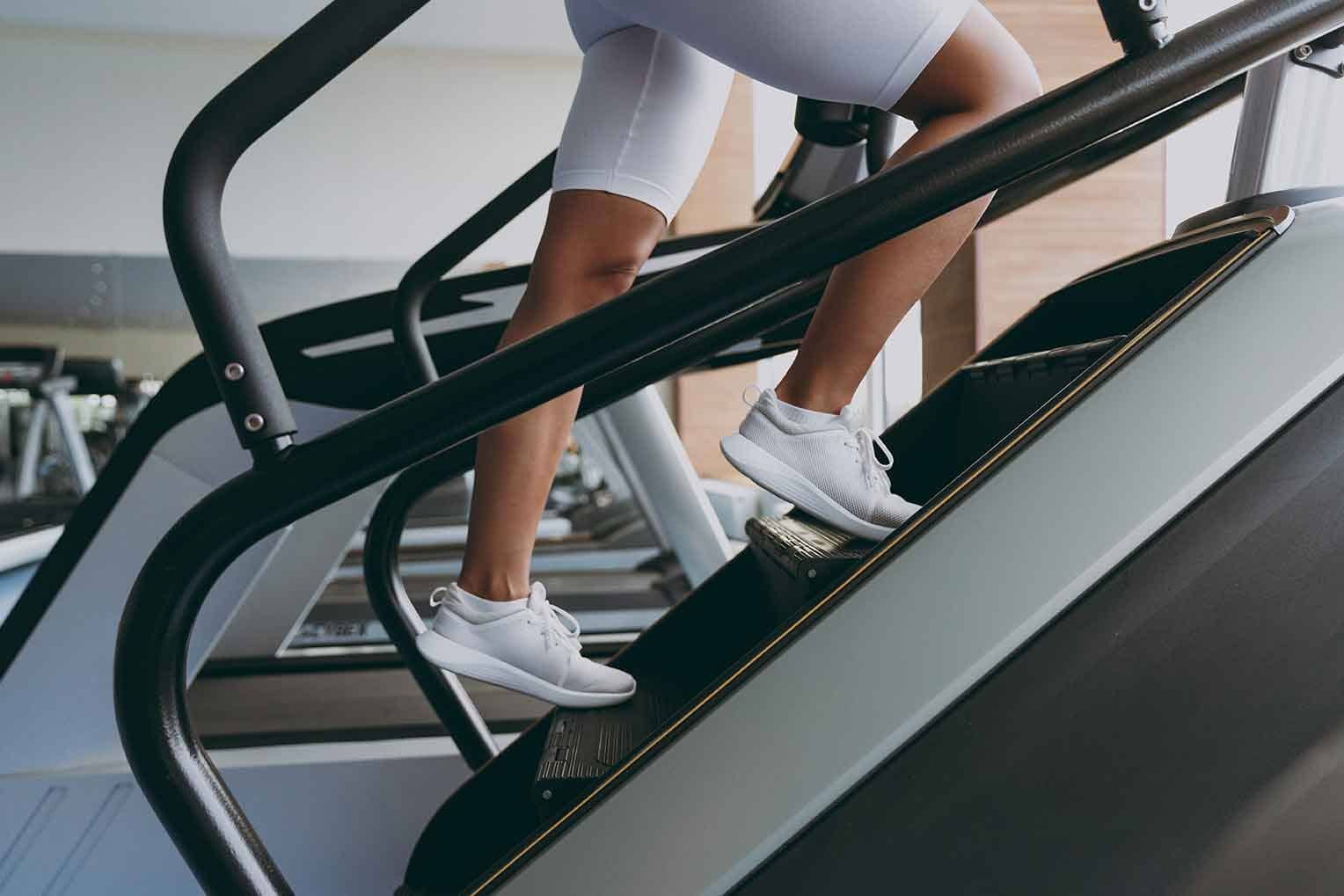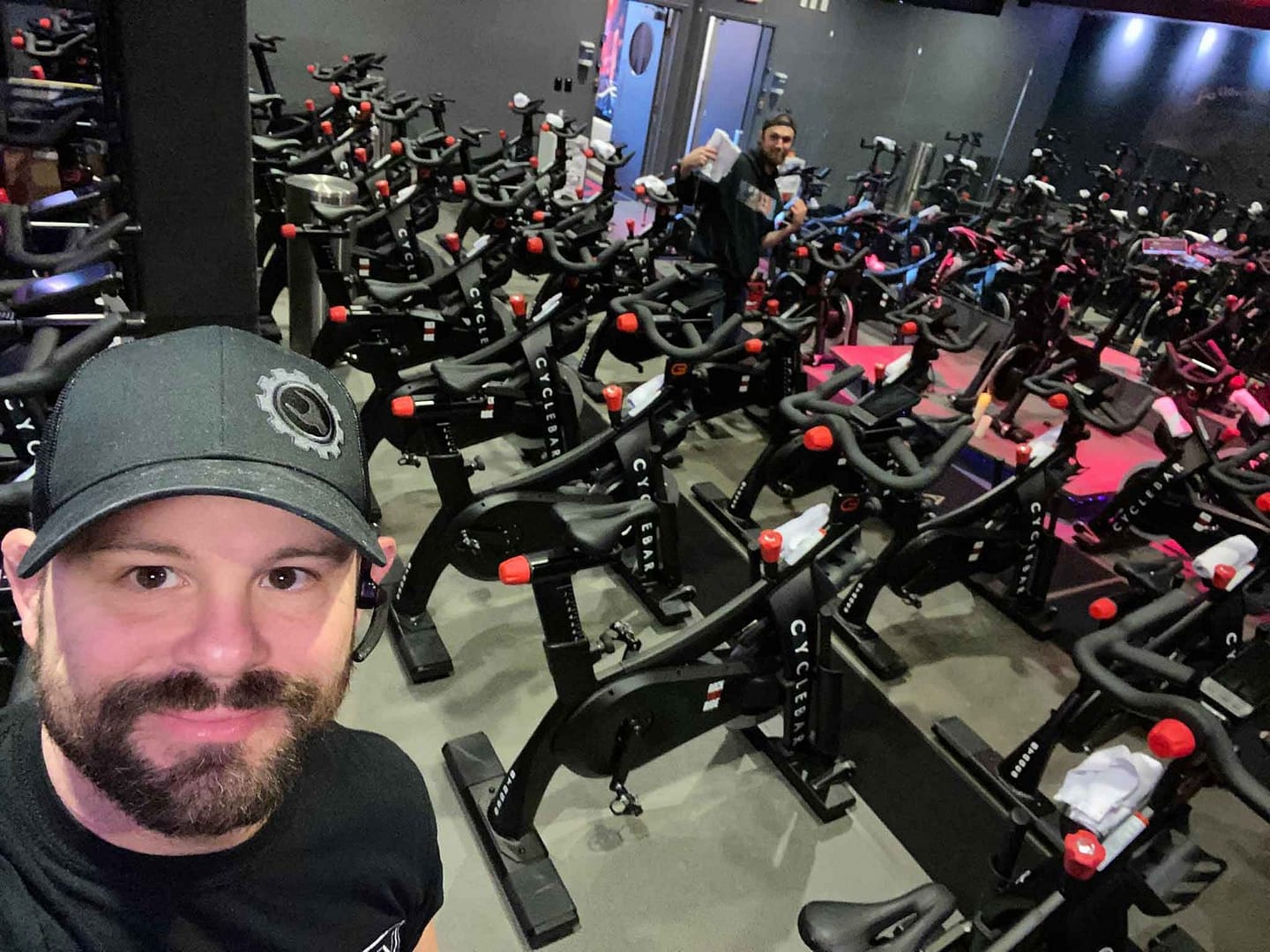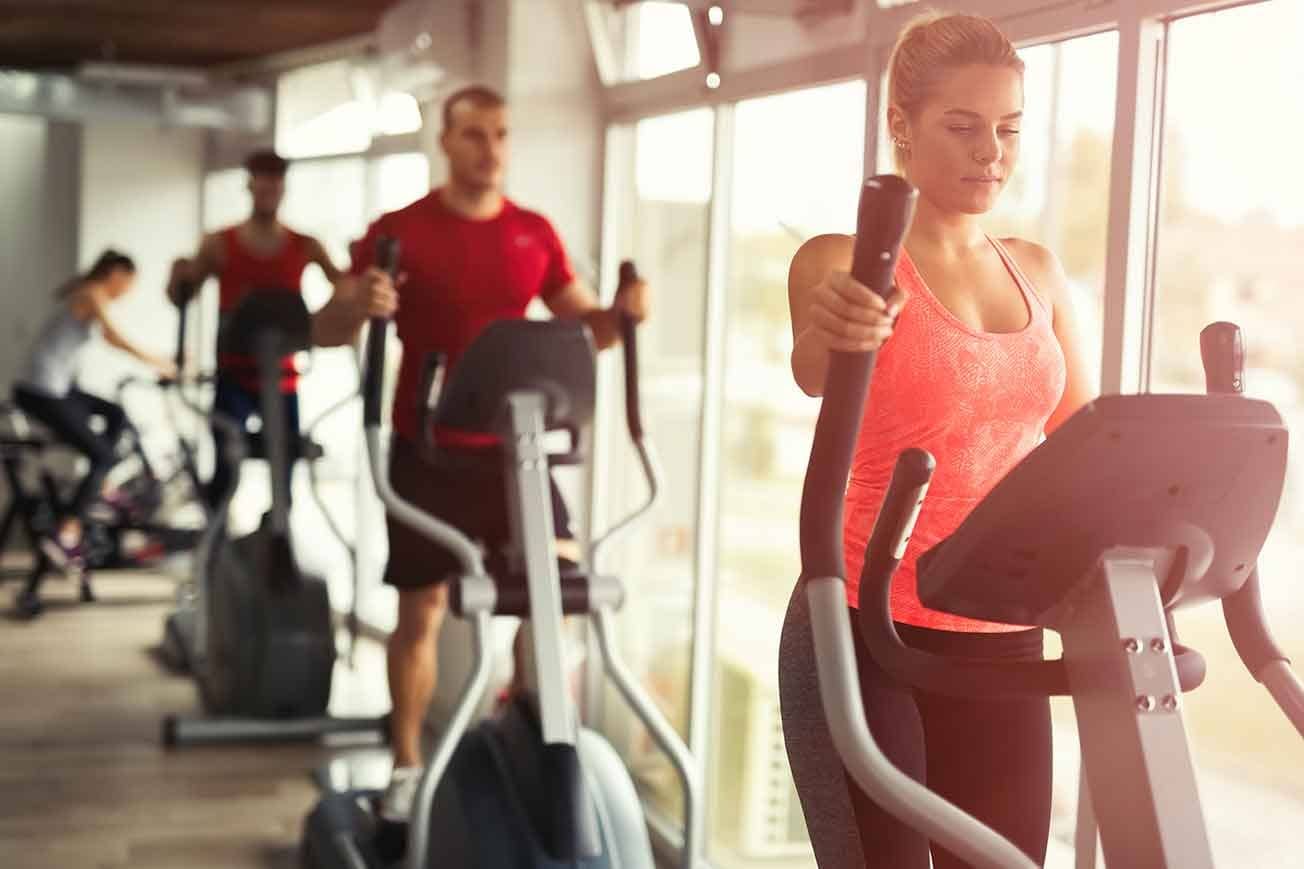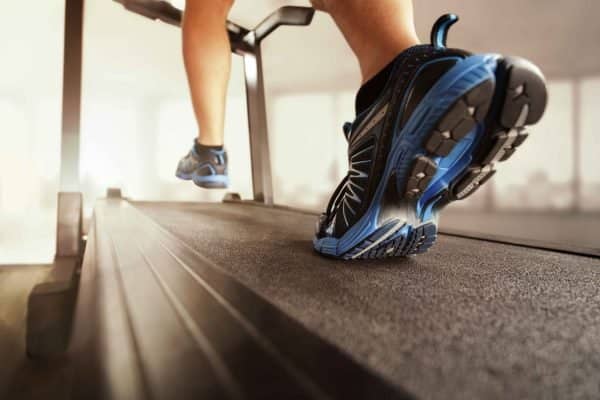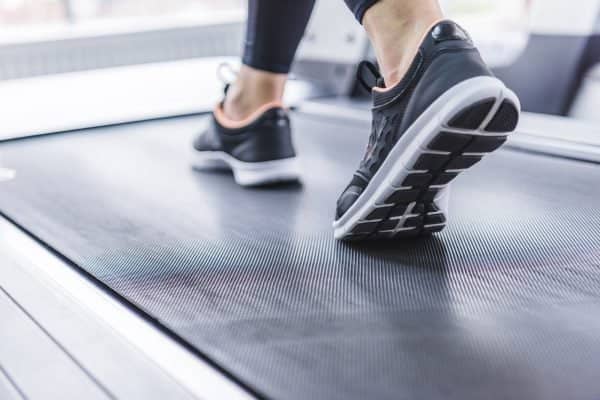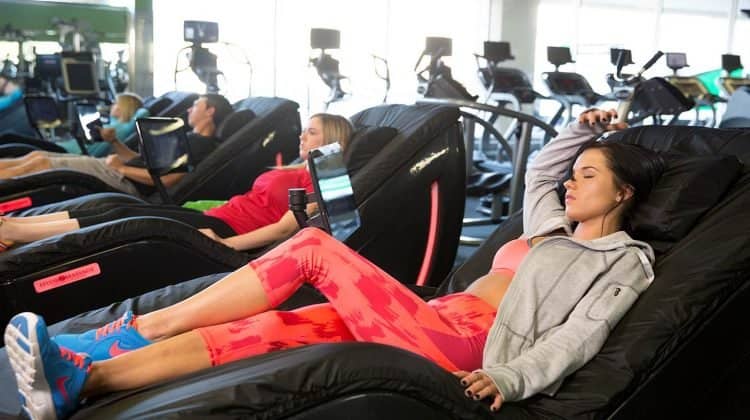As fitness enthusiasts, we understand the importance of rest days in our workout routines. These days of recovery are crucial for allowing our bodies to repair and grow stronger. While it may be tempting to do nothing on these days, incorporating certain treatments can enhance the recovery process and help us feel even better when we hit the gym again.
Epsom Salt Baths
Epsom salt baths are a classic and effective way to unwind and promote muscle recovery on your rest days. Epsom salt, also known as magnesium sulfate, is absorbed through the skin during bathing and has been shown to alleviate soreness and inflammation in muscles. The warm water of the bath helps to relax tense muscles and improve blood circulation, further aiding in the recovery process. The magnesium in the salt helps to reduce stress, relax muscles, and ease headaches. It can help soothe aching feet and detoxify your body by drawing out impurities. To make the experience more luxurious and enjoyable, add a few drops of essential oil or some fresh herbs for extra aromatherapy benefits. Taking an Epsom salt bath is an easy and natural way to restore your body after a hard workout. So go ahead, take a long soak, and savor the peacefulness it brings.
Massages
One of the most indulgent and therapeutic treatments you can get on your rest day is a massage. Professional massages, whether deep tissue, Swedish, or sports-focused, provide a range of benefits. Massages can help reduce muscle tension, improve flexibility, and alleviate knots and tightness in the muscles. They promote relaxation and stress reduction, which is vital for overall well-being. You may experience additional soreness after a massage, but this is just your body healing. This is a great opportunity to take the time for your body and relax. Getting regular professional massages can help maintain muscle health, improve posture, reduce stress levels, and boost overall physical and mental well-being. When selecting a massage therapist, it’s important to find someone with experience and qualifications you feel comfortable with. Ask around for recommendations and research their credentials. Make sure to communicate with your therapist about any underlying medical conditions you may have, such as allergies, skin sensitivities, or past injuries that could affect the massage.
Compression Therapy
Compression therapy has gained popularity in the fitness world as an effective recovery tool. This treatment involves the use of specialized compression garments or devices that apply pressure to specific areas of the body. The pressure helps to enhance blood flow and reduce swelling, which can aid in the removal of metabolic waste and promote faster muscle recovery. Many athletes and fitness enthusiasts use compression therapy to minimize post-workout soreness and optimize their rest days. Compression therapy can also be used to relieve pain from chronic conditions such as lymphedema and varicose veins. Patients often rely on compression garments or specialized devices for this type of treatment, which is usually prescribed by a doctor. Compression therapy has been known to provide relief from swelling, reduce fatigue, and improve circulation in those suffering from medical conditions.
Self-care is an essential aspect of any fitness regimen, and these treatments are a perfect way to show your body some well-deserved love and care.
Did You Enjoy Reading This Article? Here’s More to Read: Group Activities That Can Help you Stay Fit

